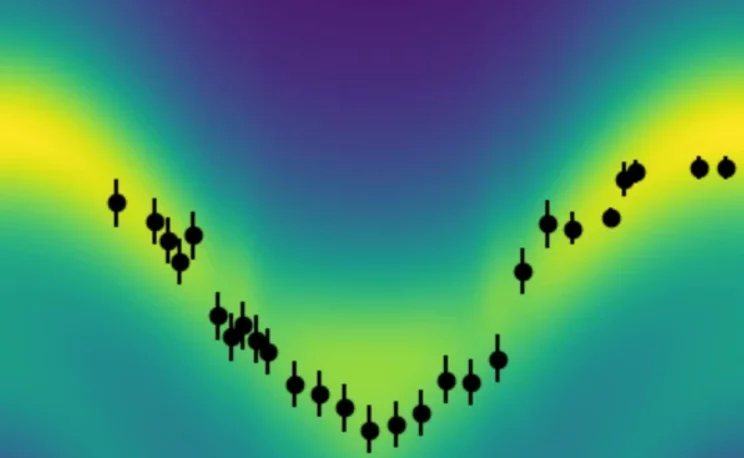Topological magnon insulators constitute a growing field of research for their potential use as information carriers without heat dissipation. We report an experimental and theoretical study of the magnetic ground-state and excitations in the van der Waals two-dimensional honeycomb magnet ErBr3. We show that the magnetic properties of this compound are entirely governed by the dipolar interactions which generate a continuously degenerate non-collinear ground-state on the honeycomb lattice with spins confined in the plane. We find that the magnon dispersion exhibits Dirac-like cones when the magnetic moments in the ground-state are related by time-reversal and inversion symmetries associated with a Berry phase π as in single-layer graphene. A magnon band gap opens when the dipoles are rotated away from this state, entailing a finite Berry curvature in the vicinity of the K and K’ Dirac points. Our results illustrate that the spin-wave dispersion of dipoles on the honeycomb lattice can be reversibly controlled from a magnetic phase with Dirac cones to a topological antiferromagnetic insulator with non-trivial valley Chern number.
Facility: SINQ
Reference: C. Wessler et al, Communications Physics 5, 185 (2022)
Read full article: here


